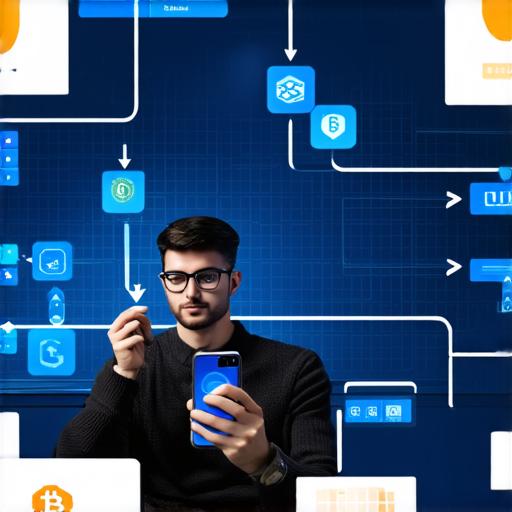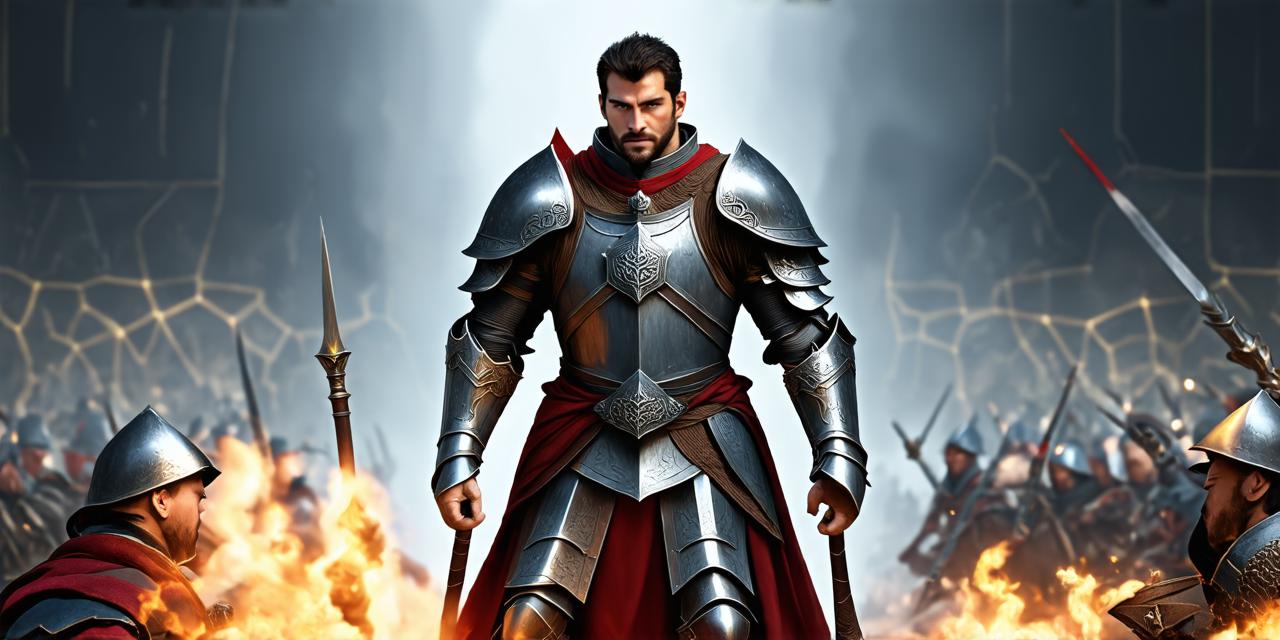Introduction
Blockchain technology is revolutionizing the way we store and transfer data. It is an open-source, decentralized ledger that provides a secure and transparent way to record transactions. However, understanding blockchain can be challenging, especially for those who are new to the technology.
What is Blockchain?
Blockchain is a distributed ledger that records transactions across a network of computers. It was originally designed for Bitcoin, but it has since been applied to various industries, including finance, supply chain management, and healthcare.
Understanding the Basics of Blockchain
To understand how to read blockchain, you need to understand the basics of the technology. Here are some key concepts you should know:
- Nodes: A node is a device that stores a copy of the blockchain. There are two types of nodes: full nodes and miner nodes.
- Transactions: A transaction is a transfer of value between two parties on the blockchain. Transactions can include the transfer of cryptocurrency or other assets.
- Mining: Mining is the process of validating transactions and adding new blocks to the blockchain. It requires significant computing power and energy consumption.
- Consensus: Consensus is the process by which the network agrees on the state of the blockchain. There are several consensus algorithms, including Proof of Work (PoW), Proof of Stake (PoS), and Delegated Proof of Stake (DPoS).
How to Read a Blockchain
Now that you understand the basics of blockchain, let’s dive into how to read a blockchain. Here are some steps you can follow:
- Find a blockchain explorer: A blockchain explorer is a tool that allows you to view and search for transactions on the blockchain. Some popular blockchain explorers include Blockchair, Block Explorer, and Ethplorer.
- Search for a transaction: Once you have found a blockchain explorer, you can search for a specific transaction using its unique identifier (TXID). The TXID is a code that identifies the transaction and contains all the information about it, including the sender, recipient, amount, and timestamp.
- View the transaction details: When you click on a transaction, you will see its details, including the sender’s address, recipient’s address, amount, and timestamp. You can also view the public key of the sender and recipient to verify their identity.
- Explore the blockchain: Once you have viewed a specific transaction, you can explore the blockchain further by clicking on the previous and next blocks in the chain. This will allow you to see the entire history of transactions on the blockchain.

Case Studies and Personal Experiences
One way to learn how to read blockchain is through case studies and personal experiences. Here are some examples:
- The DAO Hack: In 2016, a group of hackers stole $50 million worth of ether from the Ethereum network. This was one of the largest hacks in the history of blockchain technology. However, the Ethereum community was able to recover the stolen funds through a hard fork of the blockchain. The DAO Hack demonstrated the power of decentralized governance and the resilience of the blockchain.
- Cryptokitties: In 2017, the game Cryptokitties was launched on the Ethereum network. It quickly became one of the most popular games on the platform, with users spending millions of dollars buying and breeding virtual cats. The success of Cryptokitties showed that blockchain technology can be used for fun and entertainment as well as serious business applications.
FAQs
Here are some frequently asked questions about how to read blockchain:
1. What is the difference between a public and private key?
A public key is used to receive transactions, while a private key is used to send transactions. You should never share your private key with anyone.
2. How do I create a new wallet?
To create a new wallet, you will need to use a cryptocurrency wallet software or service. Some popular options include MyEtherWallet, MetaMask, and Jaxx.
3. Can I read the blockchain without a blockchain explorer?
Yes, you can read the blockchain using a command-line interface or a web-based tool like Ganache, which is a local Ethereum blockchain for testing and development.
4. How do I find the transaction ID of a specific transaction?
You can find the transaction ID by checking your wallet’s transaction history or using a blockchain explorer. The transaction ID is usually included in the confirmation email you receive after sending a transaction.
Conclusion
In conclusion, understanding how to read blockchain is essential for anyone who wants to develop blockchain-based applications. By learning about the basics of the technology and exploring
